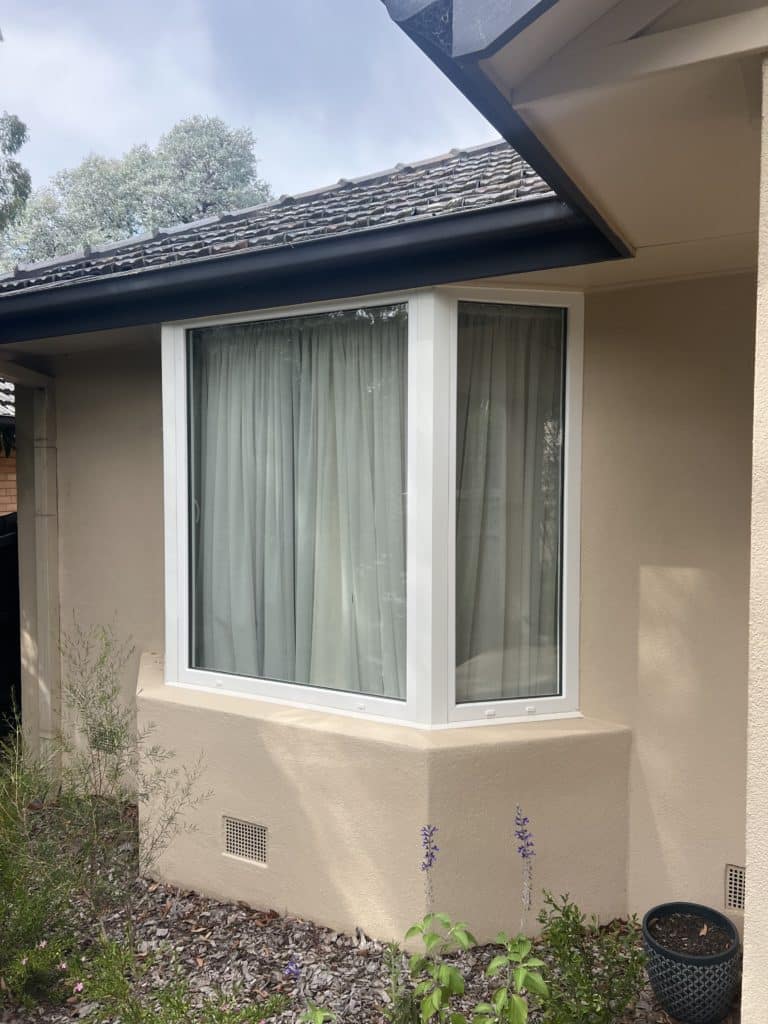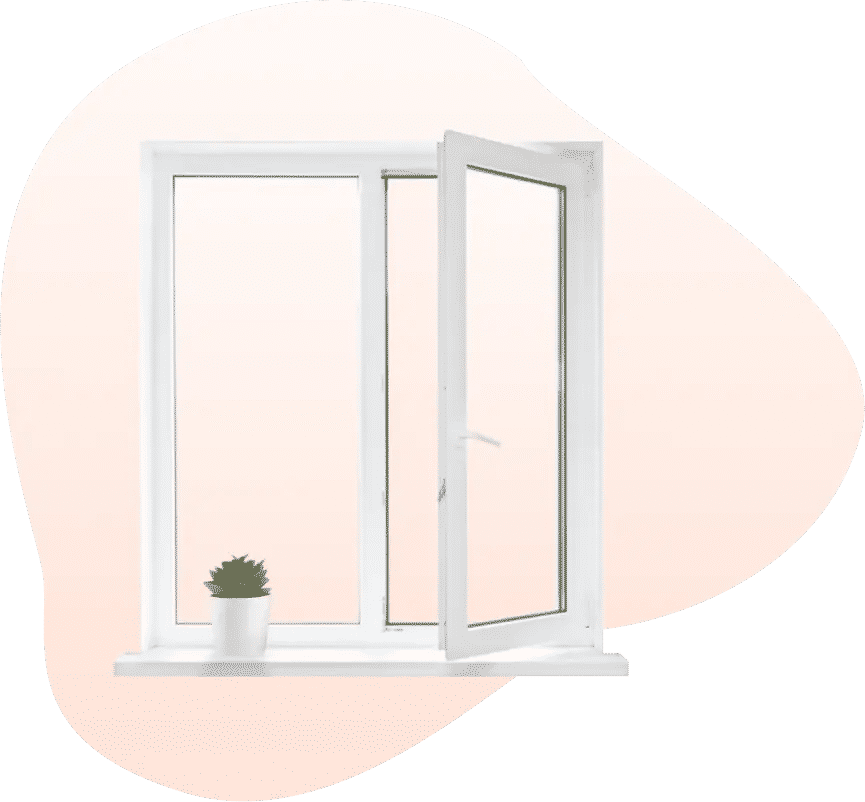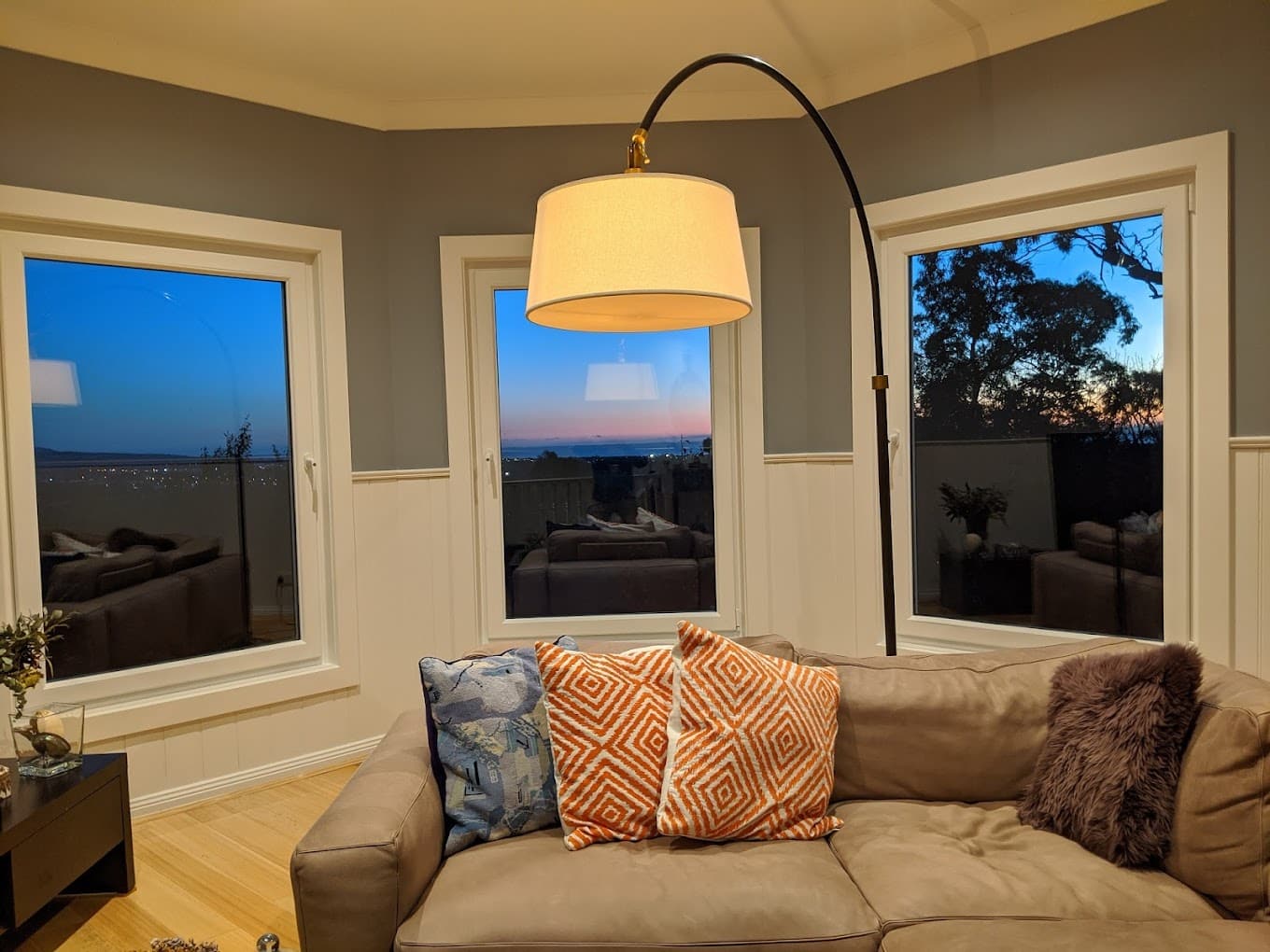
The term “glazing” refers to the process of installing glass or other transparent materials into a building’s windows, doors, or openings. Glazing plays a crucial role in modern construction, as it enhances energy efficiency, reduces noise pollution, and improves overall comfort.
What is Glazing on a Window?
Glazing on a window refers to the type of glass installed in the frame. It can be single, double, or triple-paned and is made from materials such as glass, acrylic, or polycarbonate. The type of glazing used significantly impacts a building’s insulation, energy efficiency, and soundproofing.
What is Double Glazing?
Double glazing is a popular window solution that consists of two panes of glass separated by a gap filled with air or an insulating gas like argon. This design creates a thermal barrier that helps to maintain indoor temperatures, making buildings more energy-efficient and reducing utility bills.
Benefits of Double Glazing
- Energy Efficiency: Double glazed windows reduce heat loss in winter and minimize heat gain in summer, leading to lower energy consumption.
- Noise Reduction: The additional layer of glass helps in reducing external noise, making homes and offices quieter.
- Increased Security: Double glazing is harder to break than single-pane windows, enhancing home security.
- Reduced Condensation: The insulating layer between the glass panes prevents condensation buildup, reducing moisture-related issues.
- UV Protection: It helps block harmful UV rays, preventing furniture and carpets from fading over time.
What is Secondary Glazing for Windows?
Secondary glazing is an additional glazing layer installed on existing windows to improve insulation and noise reduction without replacing the original window frame. This option is particularly beneficial for older buildings where window replacements may not be feasible.
Advantages of Secondary Glazing
- Cost-Effective Solution: More affordable than replacing entire windows.
- Improved Thermal Efficiency: Helps retain heat, reducing heating costs.
- Enhanced Soundproofing: Effective at reducing noise pollution from busy streets or airports.
- Preserves Original Windows: Ideal for listed or historic buildings where window replacement is not allowed.
What is Secondary Double Glazing?
Secondary double glazing refers to adding an extra layer of glazing to already double-glazed windows. This enhances insulation, security, and noise reduction, making it a popular choice for those looking to further optimize their window performance.
Types of Window Glazing
Single Glazing
A single-pane glass window that provides minimal insulation and noise reduction. It is often found in older buildings and is less energy-efficient than modern alternatives.
Triple Glazing
A step above double glazing, triple glazing includes three panes of glass with insulating gas between them. It offers superior thermal efficiency and noise reduction, making it ideal for colder climates.
Low-E Glazing
Low-emissivity (Low-E) glazing has a special coating that reflects heat into the building during winter and blocks heat in summer. This technology significantly enhances energy efficiency and reduces heating and cooling costs.
Safety Glazing
Safety glazing includes tempered or laminated glass, designed to minimize injury risk in case of breakage. It is commonly used in high-traffic areas and commercial buildings.
Conclusion
Understanding what is double glazed windows and the benefits of different types of glazing helps homeowners and builders make informed decisions about energy efficiency, security, and comfort. Whether opting for double glazing, or advanced Low-E glass, choosing the right window solution can enhance your home’s performance and sustainability. Investing in high-quality glazing not only improves aesthetics but also contributes to long-term cost savings and environmental benefits.


